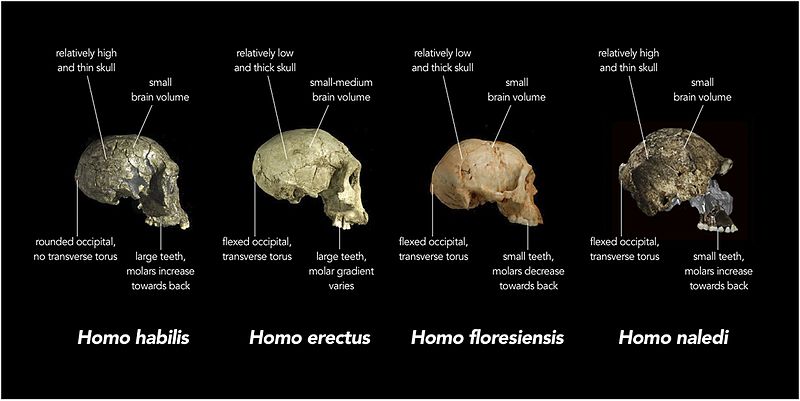Tập tin:Comparison of skull features of Homo naledi and other early human species.jpg

Kích thước hình xem trước: 800×401 điểm ảnh. Độ phân giải khác: 320×160 điểm ảnh | 640×321 điểm ảnh | 1.024×513 điểm ảnh | 1.280×641 điểm ảnh | 2.560×1.283 điểm ảnh | 4.473×2.241 điểm ảnh.
Tập tin gốc (4.473×2.241 điểm ảnh, kích thước tập tin: 382 kB, kiểu MIME: image/jpeg)
Lịch sử tập tin
Nhấn vào ngày/giờ để xem nội dung tập tin tại thời điểm đó.
| Ngày/giờ | Hình xem trước | Kích cỡ | Thành viên | Miêu tả | |
|---|---|---|---|---|---|
| hiện tại | 00:58, ngày 12 tháng 9 năm 2015 |  | 4.473×2.241 (382 kB) | Animalparty | User created page with UploadWizard |
Trang sử dụng tập tin
Có 1 trang tại Wikipedia tiếng Việt có liên kết đến tập tin (không hiển thị trang ở các dự án khác):
Sử dụng tập tin toàn cục
Những wiki sau đang sử dụng tập tin này:
- Trang sử dụng tại arz.wikipedia.org
- Trang sử dụng tại ast.wikipedia.org
- Trang sử dụng tại az.wikipedia.org
- Trang sử dụng tại bg.wikipedia.org
- Trang sử dụng tại ca.wikipedia.org
- Trang sử dụng tại ceb.wikipedia.org
- Trang sử dụng tại de.wikipedia.org
- Trang sử dụng tại en.wikipedia.org
- Trang sử dụng tại es.wikipedia.org
- Trang sử dụng tại eu.wikipedia.org
- Trang sử dụng tại fr.wikipedia.org
- Trang sử dụng tại ga.wikipedia.org
- Trang sử dụng tại he.wikipedia.org
- Trang sử dụng tại hr.wikipedia.org
- Trang sử dụng tại ia.wikipedia.org
- Trang sử dụng tại id.wikipedia.org
- Trang sử dụng tại ja.wikipedia.org
- Trang sử dụng tại kab.wikipedia.org
- Trang sử dụng tại ka.wikipedia.org
- Trang sử dụng tại kn.wikipedia.org
- Trang sử dụng tại nl.wikipedia.org
- Trang sử dụng tại nn.wikipedia.org
- Trang sử dụng tại no.wikipedia.org
- Trang sử dụng tại oc.wikipedia.org
- Trang sử dụng tại pap.wikipedia.org
- Trang sử dụng tại pl.wikibooks.org
- Trang sử dụng tại pt.wikipedia.org
- Trang sử dụng tại ro.wikipedia.org
- Trang sử dụng tại simple.wikipedia.org
- Trang sử dụng tại species.wikimedia.org
- Trang sử dụng tại sv.wikipedia.org
- Trang sử dụng tại tr.wikipedia.org
- Trang sử dụng tại uk.wikipedia.org
- Trang sử dụng tại ur.wikipedia.org
- Trang sử dụng tại vls.wikipedia.org
- Trang sử dụng tại www.wikidata.org

